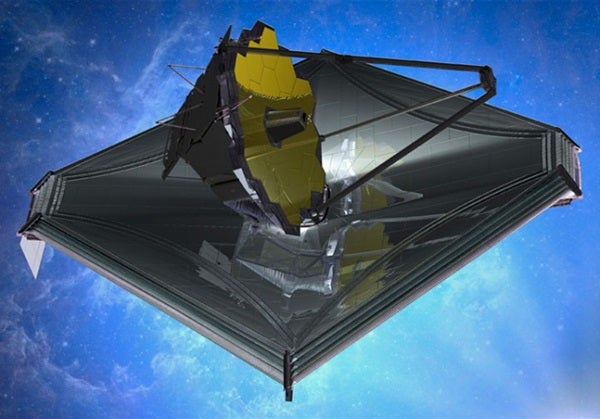“This is the last major element-level critical design review of the program,” said Richard Lynch from NASA’s Goddard Space Flight Center in Greenbelt, Maryland. “What that means is all of the designs are complete for the Webb, and there are no major designs left to do.”
During the SCDR, the details, designs, construction, testing plans, and the spacecraft’s operating procedures were subjected to rigorous review by an independent panel of experts. The weeklong review involved extensive discussions on all aspects of the spacecraft to ensure the plans to finish construction would result in a vehicle that enables the powerful telescope and science instruments to deliver their unique and invaluable views of the universe.
“While the spacecraft that carries the science payload for Webb may not be as glamorous as the telescope, it’s the heart that enables the whole mission,” said Eric Smith from NASA Headquarters in Washington, D.C. “By providing many services, including telescope pointing and communication with Earth, the spacecraft is our high-tech infrastructure empowering scientific discovery.”
Goddard Space Flight Center manages the mission. Northrop Grumman in Redondo Beach, California, leads the design and development effort.
“Our Northrop Grumman team has worked exceptionally hard to meet this critical milestone on an accelerated schedule, following the replan,” said Scott Willoughby from Northrop Grumman in Redondo Beach, California. “This is a huge step forward in our progress toward completion of the Webb Telescope.”










